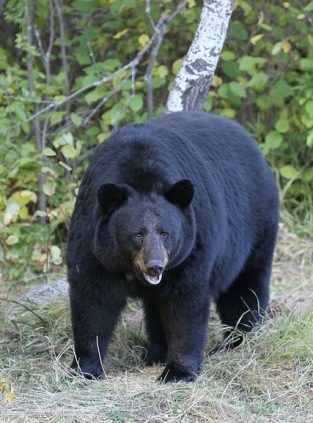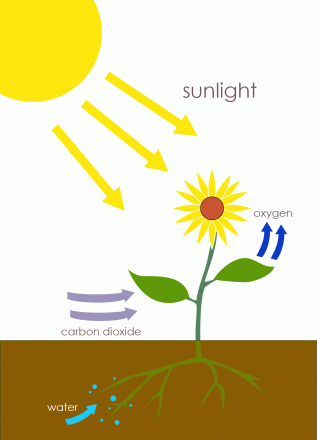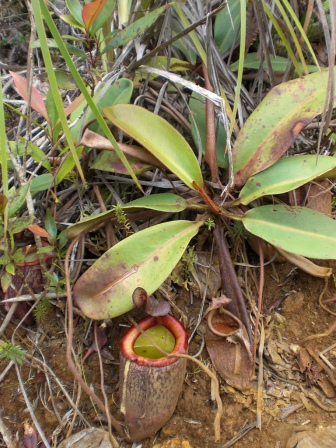Hello everyone,
Where I live, the winter starts to get to an end. Outdoor, plants start to wake up and you can see a lot of green surface everywhere. If you are lucky you can even see some flowering plants. I thought because of this occasion I would like to talk about dormancy. What it is and why it is happening.
To start with, majority of the living organism have some sort of resting/dormancy period. From plants, through animals to humans everyone experiences it. Winter (cold) period is considered harsh and plants/animals need to survive this period. There are many different survival strategies, but in this writing I will focus on plants only (it is a huge topic by itself and can’t cover every single aspect, but I invite you to read more).
The first question can be, when we talk about dormancy? Is it when a tree loses its leaves? The answer is no. During a dormancy period a organism’s life cycle stops temporarily. That means there won’t be any growth or development – in fact the organism reduces its life functions – metabolic activity, to minimum.
What is a metabolic activity? It is what “moves” plants – in fact every living creature. Metabolism is a chemical process which powers living organism. It converts food into energy, ensuring that the cells, in any living organism – can be sustained with enough energy, and energy is needed to do everything.
Let’s get a little bit more biological! 🙂 We take an example… What is the difference when we talk about metabolism during, and after the dormancy period of an American black bear (Ursus americanus) from a tree?

The question might sound silly. It is an animal and the other one is a plant. The American black bear hibernates itself during the winter, just like plants go dormant. Both happen to have their dormancy period during the winter, so what is the difference then? Short answer is how they acquire and process food. The real distinction lies in cells and structure (which is quite boring :)) and complicated. In terms of plants we talk about autotrophs and about animals we talk about heterotrophs.
Autotrophs vs. heterotrophs? It is actually not a competition. In fact, it is evolution. One goes right and the other goes left. Below you can see a picture which shows briefly what it is all about.

Autotrophs require simple substances like carbon dioxide and water to create food and finally energy. Heterotrophs, on the other hand, require a source of more complex substances. In the very details I don’t want to go, and it isn’t the purpose. But I happily invite you to read more about this. Simply speaking if I put outside a plant it sustains itself (CO2, H2O and sunlight), but if I put a bear outside it will die if it won’t find a food source. Why? Because plants and algae can do something heterotrophs can’t and it is photosynthesis. Photosynthesis occurs through the leaves, plant cells which contain chloroplasts. The purpose of this process is to create “food” – sugar and carbohydrates, from CO2 and sunlight + water.

A basic drawing how photosynthesis works is demonstrated below.

After all this information you might ask, but what this all have to do with dormancy? Actually everything. During dormancy this whole process temporarily stops, why? because of the conditions are not meant to fulfill this process:
– temperature: in minus degree water would freeze and damage plant cells/leaves
– lack of light: wouldn’t make photosynthesis possible, so it wouldn’t be possible for the plant to create its own food
Dormancy is a survival strategy to store the nutritions and keep the plants alive under harsh conditions. At the end of the autumn leaves start to turn yellow and red, indicating that the sugar and carbohydrates will be transferred to the roots. Now the plant is ready to become dormant.
After this you can ask… but are there plants which don’t go dorment? The answer is yes. As I mentioned at the beginning majority of the plants go dormant, just because of harsh conditions (usually it is because of winter, can be other reasons, but I don’t go into these details), but if a plant lives at a “nearly” perfect environment, it can thrive throughout the whole year. An example can be the Nepenthes

As you can see, to understand dormancy, it is a very complex process. In fact, it is more complex than I have written it – I am not a scientist, just someone who is curious. I am fascinated how a tree, full with flowers and rich in leaves can become barren in just weeks, and when the conditions are right again reborn to its full beauty. But is the winter really that bad? It is hard yes, but plants get some benefits. It kills pest like harmful insects, it is necessary for some seeds’ germination process and it refreshes plant cells (new fresh leaves).
I hope you could learn something new from me, if you have questions, comments or remarks feel free to share it with me!

